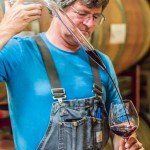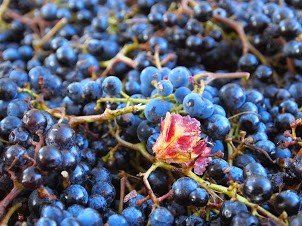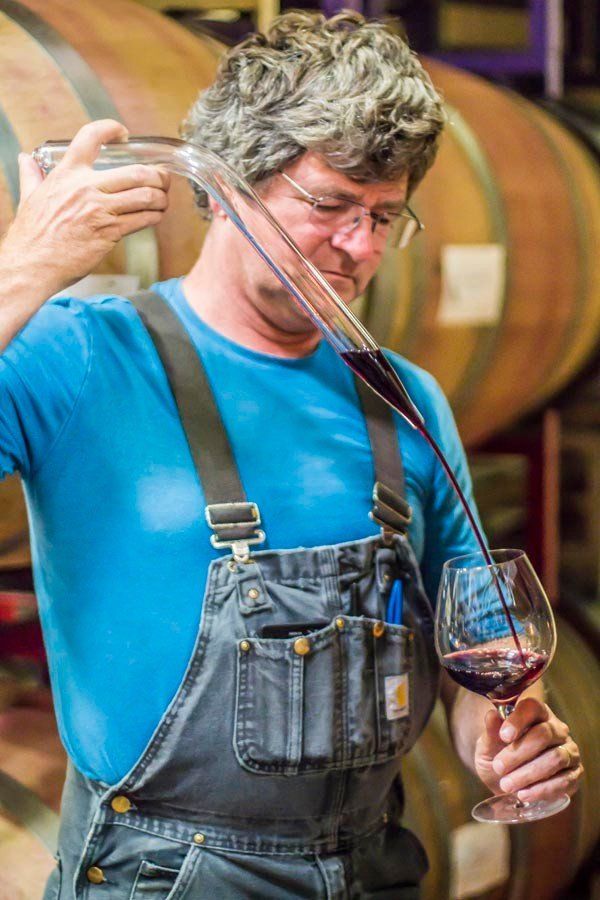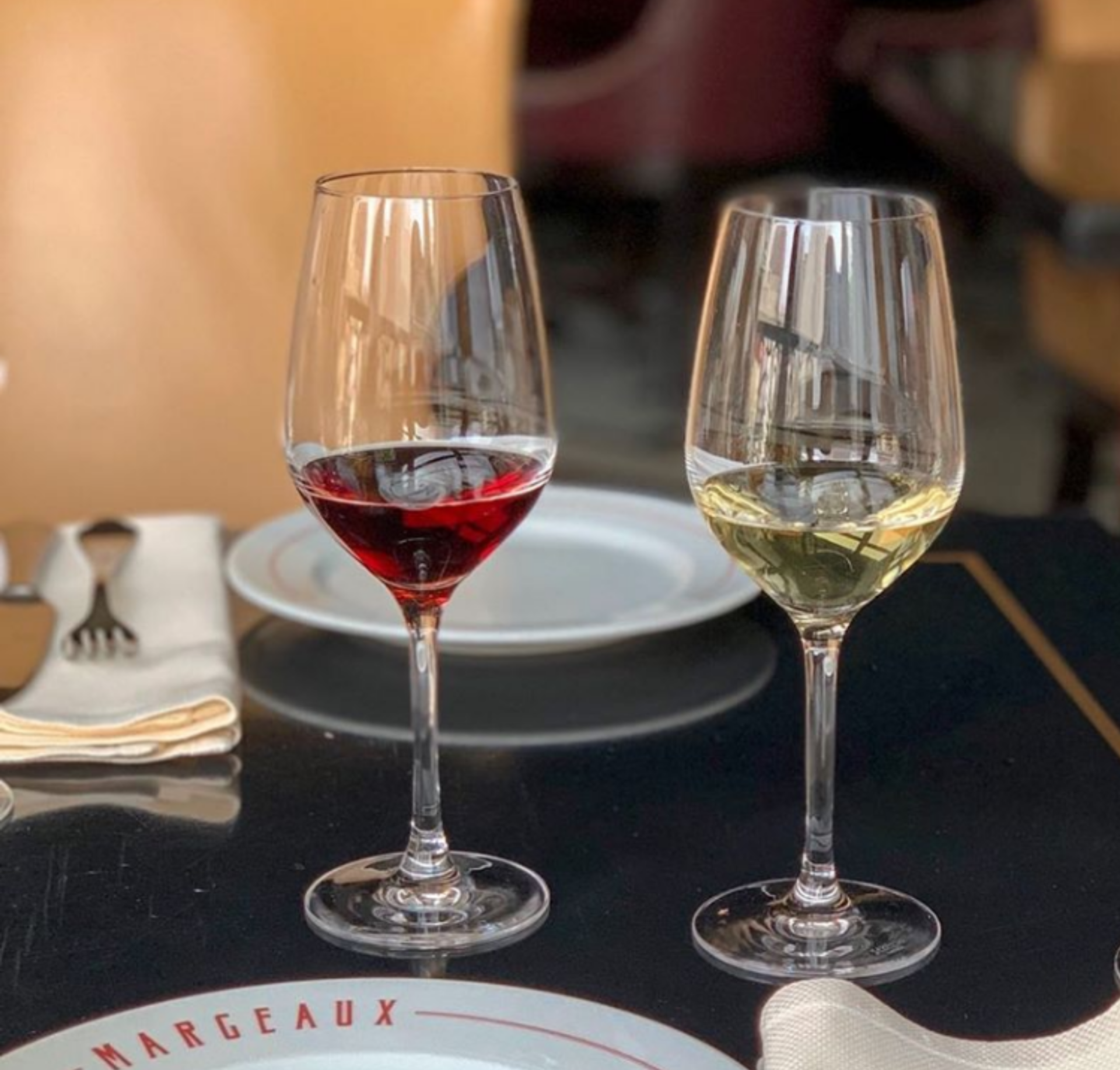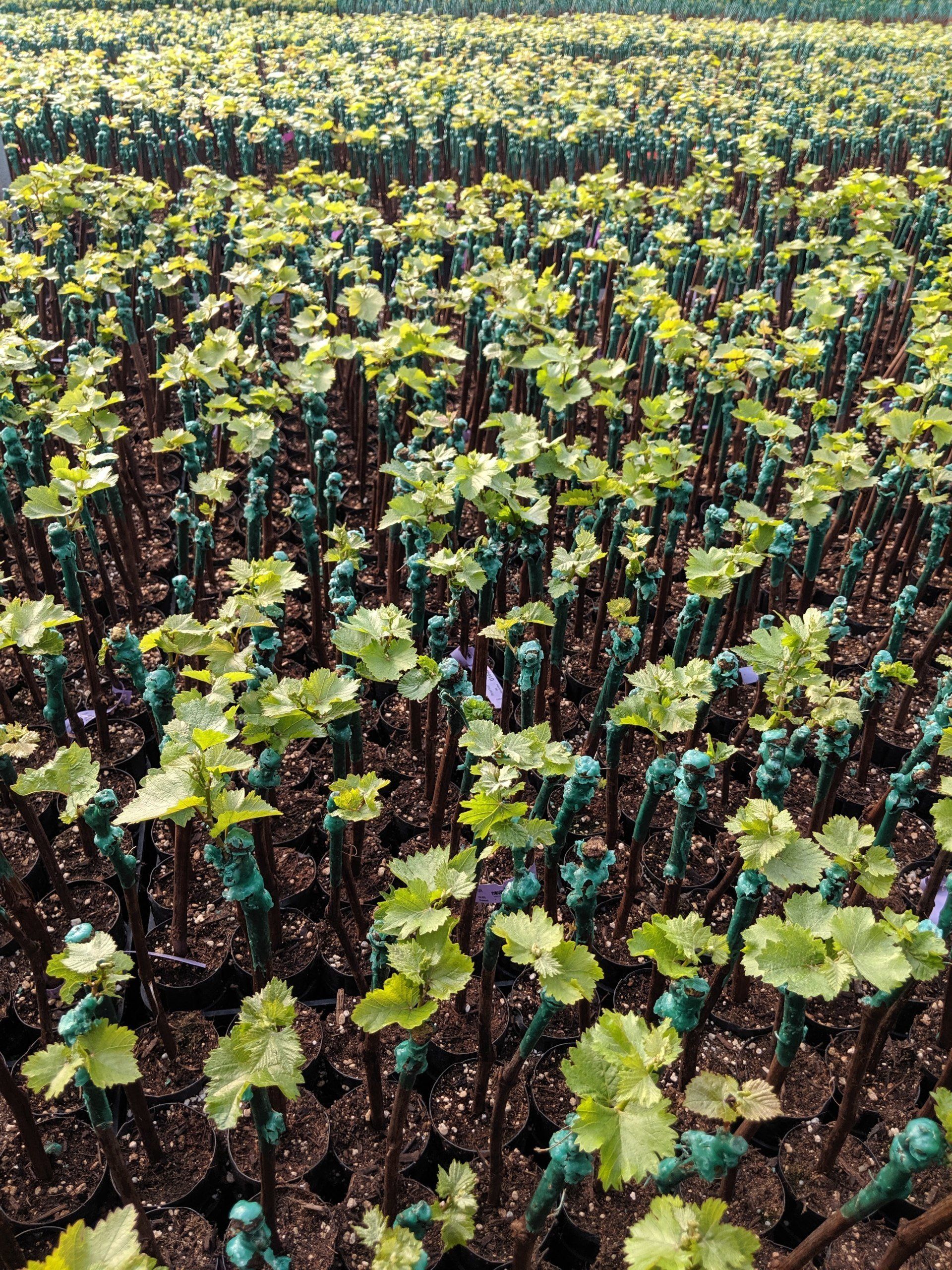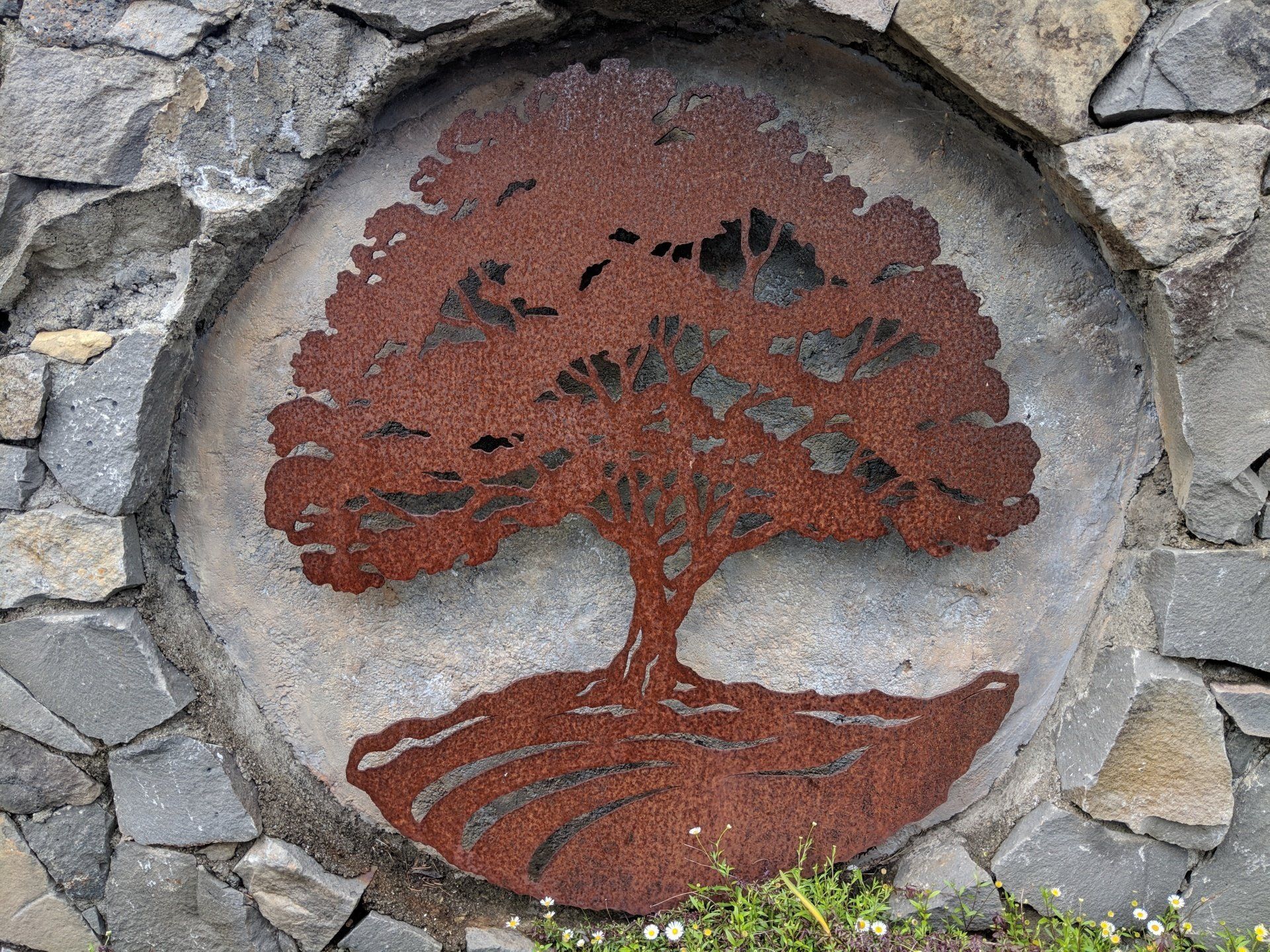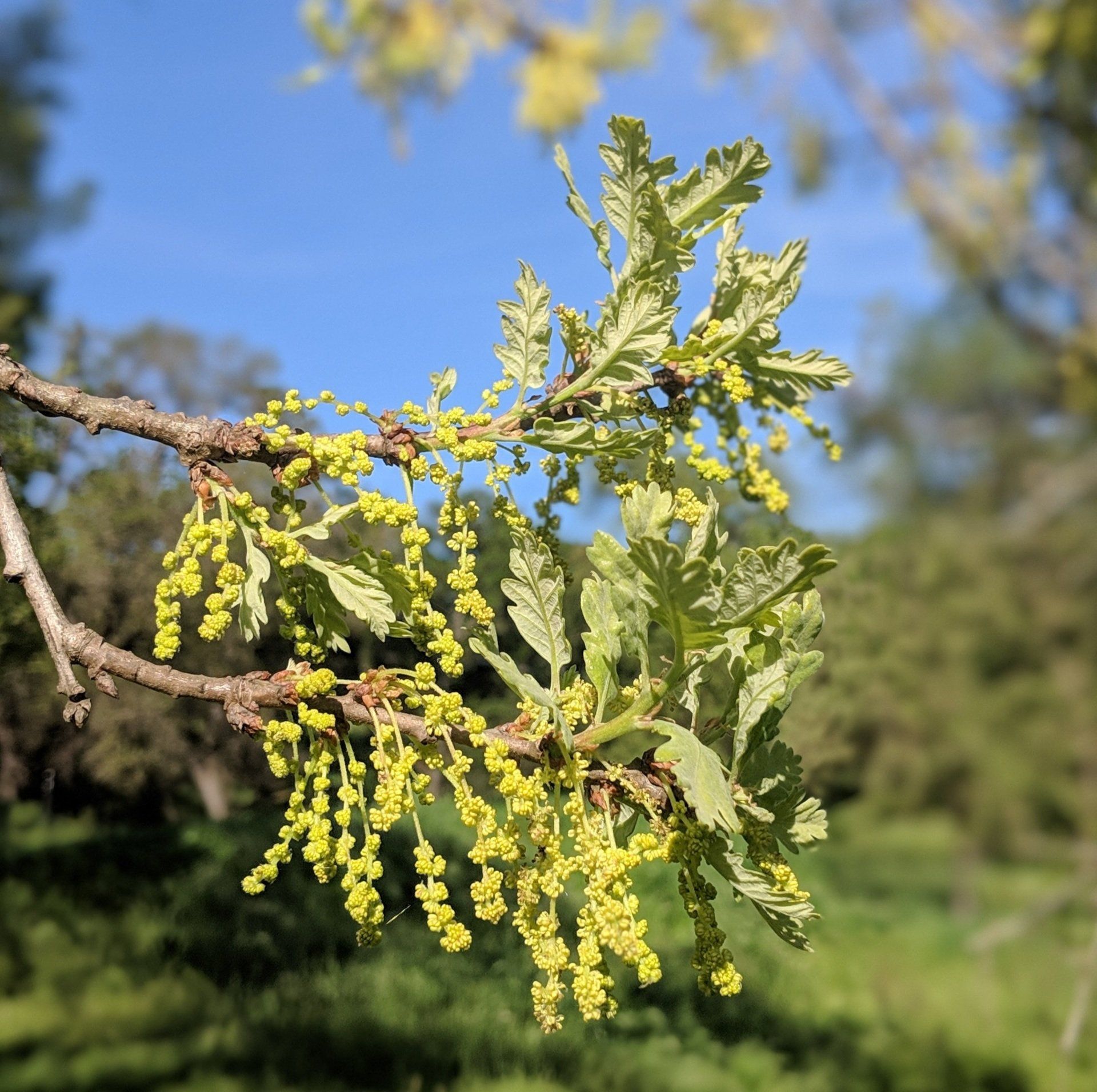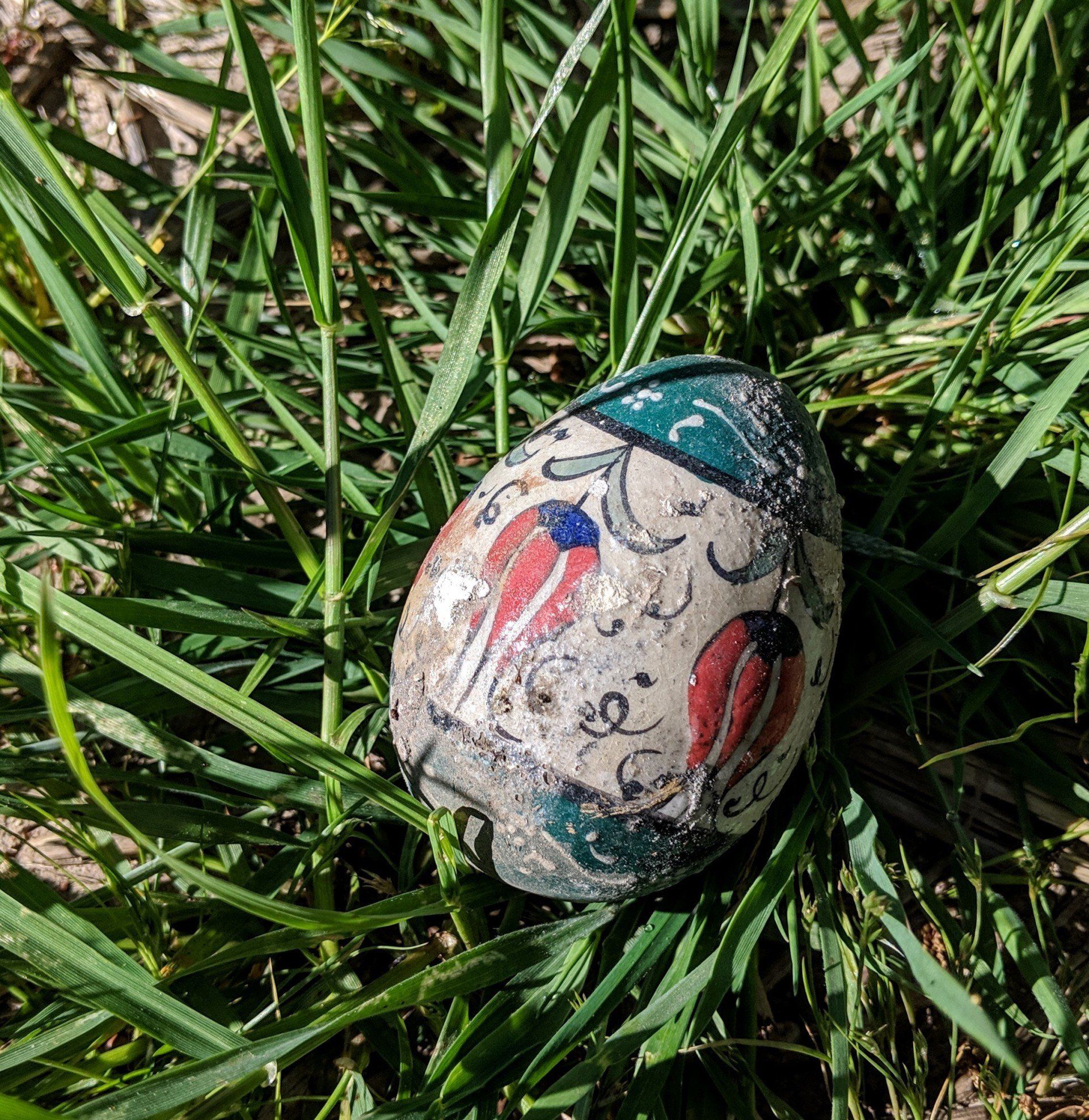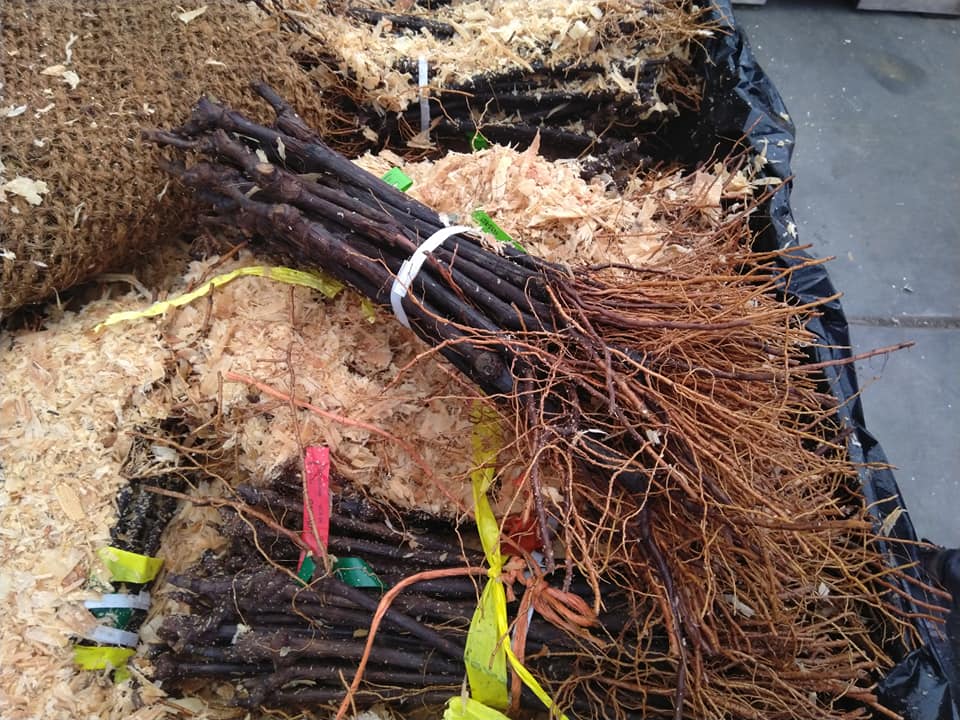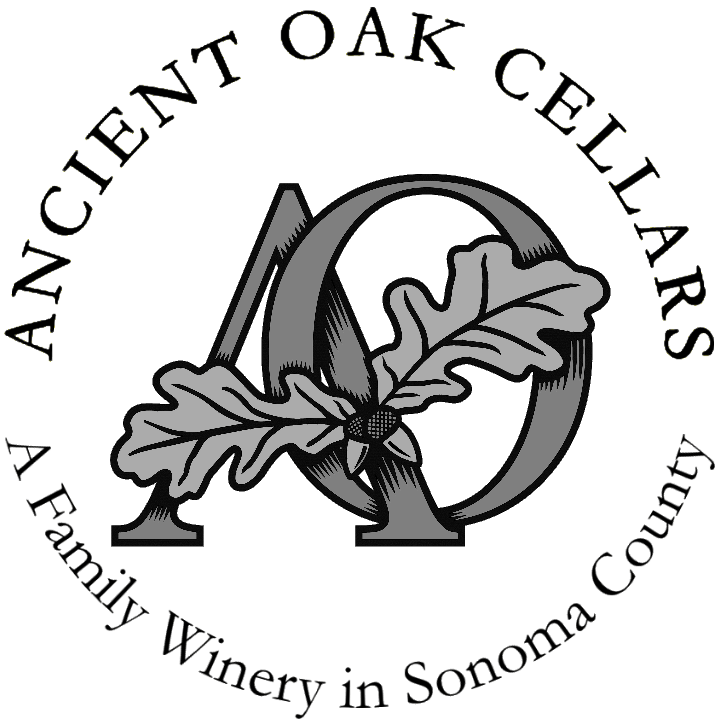Wine FAQ: Part 1
- By mjms47
- •
- 20 Jun, 2016
- •

What is a single vineyard wine?
All the grapes in a single vineyard wine are sourced from only one vineyard. They show the distinctive character of that site and show consistently from year to year a combination of fruit complexity, structure, and finish that will stand alone. We make single vineyard wines from the Siebert, Pagnano, and Berger ranches, all of which we farm ourselves. At harvest, we make preliminary fruit selections. Then after aging along with the appellation wines (sourced from several different vineyards), we select and hold back the best barrels for additional time in barrel. Beyond that we also select the best of the best for our reserve series. See our overview
of “wine series” for more information.
Does AO have any sweet wines?
No, all of our wines are fermented dry. The mouthfeel, oak lactones, and lack of anticipated bitterness in our 2013 Chardonnay can create an illusion of sweetness, so we recommend that you try that or another of our wines — you may surprise yourself with what you like. If you are sure of your preference, we also offer these sweet wines from other wineries in our wine bar: Old World Winery’s Pinot Gris and Paradise Ridge’s Ode to Joy
dessert wine.
White wine is generally made from white grapes such as Chardonnay or Sauvignon Blanc. It is pressed off of the skins as soon as the grapes are brought into the winery, or sometimes after a short soak, whereas when making red wine, fermentation occurs with the grapes and juice all together. In red wine, the color and tannins are leached out of the skins into the juice, but in white wine they are undesirable. Rosé can be made in various ways. If you have ever thought of just mixing red and white wine — congratulations, using a combination of red and white grapes (but not fully fermented wine) is indeed a method of making rosé. Our rosé is a saignée (French for “bleed”), made by “bleeding” juice off after a limited amount of skin contact where some color is extracted from the skins, then the rest of the juice is left on the skins to become a more concentrated red wine. Another way is to press the juice off after limited skin contact, without leaving some for red wine.
Except for oak, for which more and stronger exposure creates a greater effect in the taste, most flavors in wine are lessened by additives. A “tannic” wine, for instance, can be mellowed by adding different tannins, balancing out the palate. Winemaking is primarily a subtractive art in which the original aspects can be manipulated but not significantly added to. One note to make is that winemakers do NOT add chocolate to provide aromas of chocolate, nor add strawberries to provide flavors of strawberries. Those flavors and aromas are the results of a complicated set of factors in the vineyard and winery. Different clones of different varietals have certain characteristics, but weather and farming practices also affect what the winemaker has to work with. We recommend trying a vertical tasting, or a selection of wines from the same vineyard in different years, to get a sense of how the same foundation can vary year by year.
